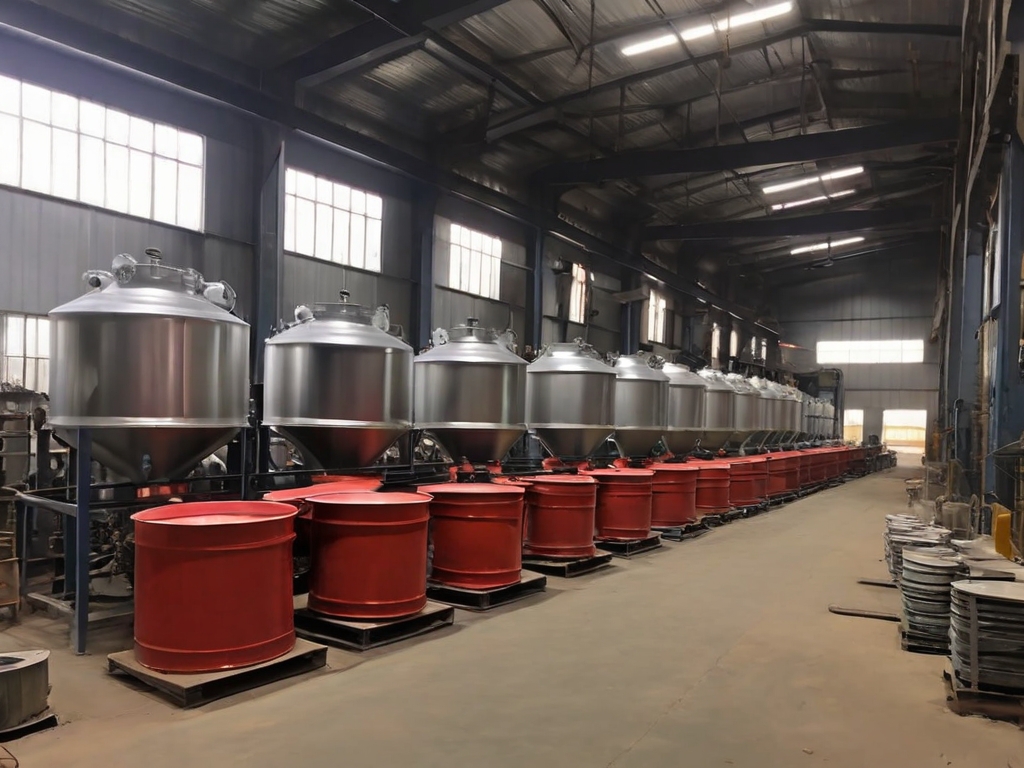When it comes to safety in hazardous environments, the importance of intrinsically safe lighting cannot be overstated. At Intrinsically Safe Store, we understand the critical role that lighting plays in ensuring the safety and well-being of individuals in such settings. This article delves into the concept of intrinsically safe lighting design and its significance in facilitating rapid evacuation processes.
Understanding Intrinsically Safe Lighting
Intrinsically safe lighting refers to lighting systems designed to operate in hazardous environments without causing ignition. These environments could be prone to explosions due to the presence of flammable gases, dust, or vapors. Designers create intrinsically safe lighting systems to limit the electrical and thermal energy to levels below what is required to ignite a specific hazardous atmospheric mixture.
The Role of Intrinsically Safe Lighting in Evacuation Processes
During emergencies, the need for rapid evacuation becomes paramount. Here, intrinsically safe lighting plays a crucial role. It ensures that exit routes are clearly visible, reducing panic and confusion, and facilitating a swift and orderly evacuation.
Visibility
One of the primary roles of intrinsically safe lighting in evacuation processes is providing visibility. In the event of a power outage or smoke-filled environment, these lighting systems can guide individuals towards the nearest exit, reducing evacuation time.
Direction
Intrinsically safe lighting systems can also provide direction. Strategically placed lights can guide individuals along the safest and quickest evacuation route, reducing the risk of injury or loss of life.
Designing Intrinsically Safe Lighting for Rapid Evacuation
Designing intrinsically safe lighting systems for rapid evacuation involves several key considerations. These include:
- Placement: Lights should be strategically placed to illuminate exit routes and potential obstacles.
- Intensity: The lighting should be bright enough to be seen through smoke, but not so bright as to cause discomfort or disorientation.
- Color: People universally recognize certain colors, such as green and red, as indicators for safety and danger, respectively.

Case Study: Intrinsically Safe Lighting in Action
A notable example of intrinsically safe lighting facilitating rapid evacuation is the Piper Alpha oil platform disaster in 1988. Despite the catastrophic nature of the incident, the use of intrinsically safe lighting helped save many lives by illuminating escape routes and reducing panic and confusion.
Enhancing Safety with Intrinsically Safe Lighting
Intrinsically safe lighting is a critical component in ensuring safety in hazardous environments. By providing visibility and direction, these lighting systems can facilitate rapid and orderly evacuation processes, potentially saving lives. At the Intrinsically Safe Store, we commit to provide high-quality intrinsically safe lighting solutions designed to enhance safety in hazardous environments.
For more information on our range of intrinsically safe lighting solutions, or to discuss your specific needs, contact us today.


























